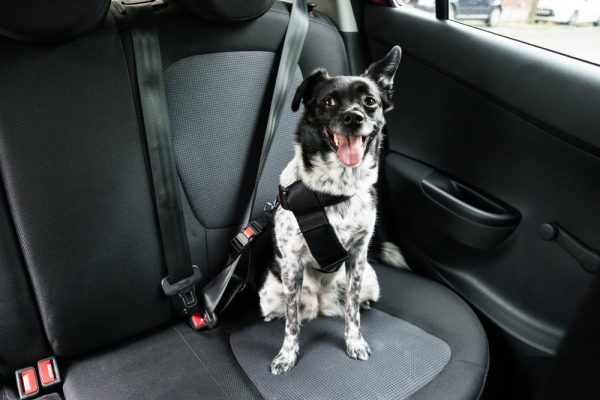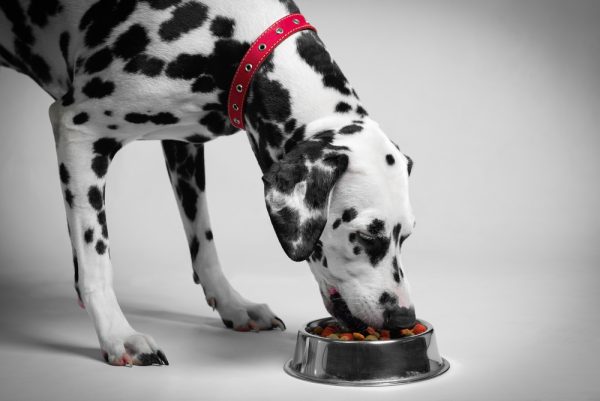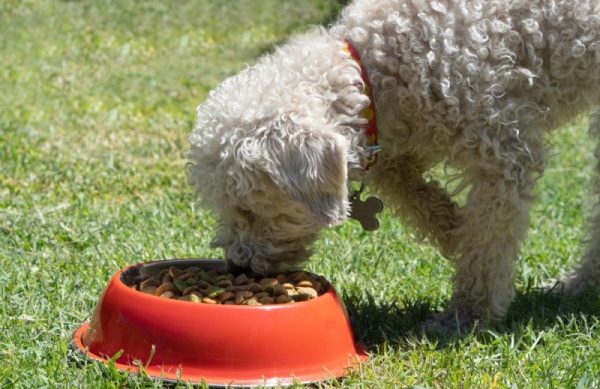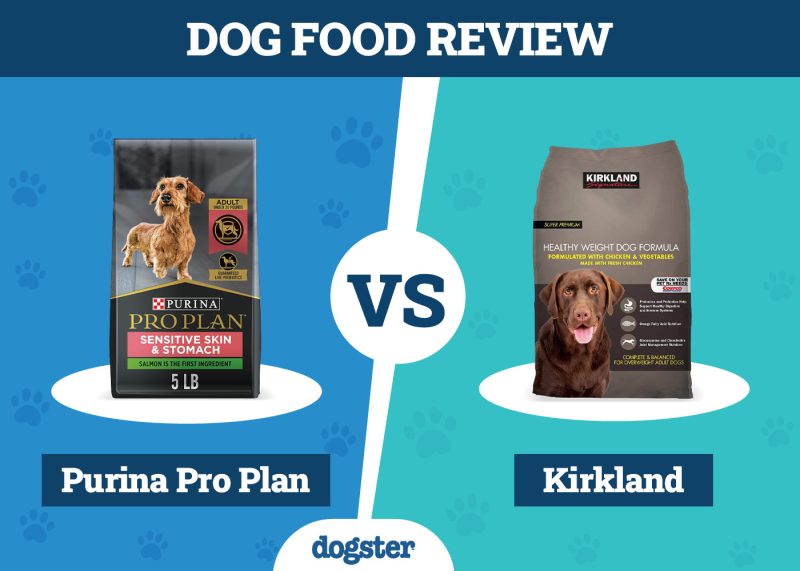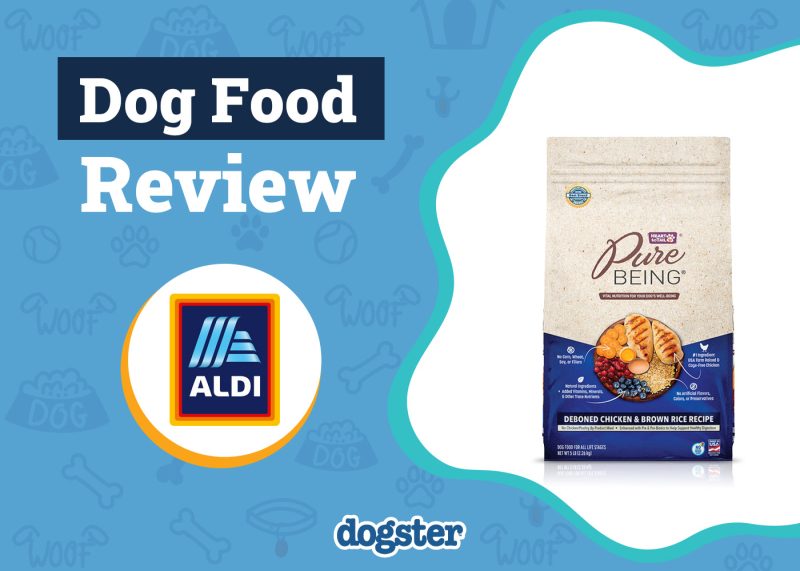In this article
DNA tests can tell a story, and you can gain insight into your canine’s heritage and possible health predispositions. If you recently submitted your dog’s DNA to undergo a genetic test, you are eagerly awaiting the results.
However, the results may not be as straightforward as you’d like when they arrive. To help you understand what you’re looking at, we’ve developed a simple guide to help you easily read your dog’s DNA tests.

Understanding DNA Test Terminology
Before diving into how to read your dog’s DNA test results, you’ll want to brush up on your genetic vocabulary. Most genetic tests include some, if not all, of the following pieces of information.
Genome
The genome is the complete set of genetic material found in a cell. Essentially, it’s all of the DNA’s instructions.
Genotype
The genotype refers to the variation in a specific gene along the genome. If the genome were a book, the genotype would be the words on the page. The genotype can directly influence the physical traits that your dog manifests.
Allele
Alleles are alternative versions of the same gene.

Marker
A sequence of DNA that has a determined location on the chromosome. They are landmarks used to track inheritance.
Autosomal-Recessive
This term refers to inherited conditions. Recessive conditions are those that require an abnormal gene from the mother and the father in order for the offspring’s health to be affected. Autosomal means the gene in question lies on a non-sex chromosome.
Autosomal-Dominant
Like autosomal-recessive conditions, autosomal dominant conditions are inherited from the parents. However, in autosomal-dominant conditions, the offspring only needs one parent to pass down an abnormal gene for their health to be affected. Again, the gene in question lies on a non-sex chromosome.

Reading Your Dog’s DNA Test in 5 Simple Steps
DNA tests can look like a confusing jumble of symbols and technical jargon. However, if you know what to expect and where to look, it’s much easier to sift through the chaos. Below, we will discuss five steps to simplify your dog’s DNA test results..
1. Take the Right Test
It may seem obvious, but taking the right DNA test will help you read the results. If you are looking for information on your pet’s ancestry, a parentage test is what you need. Some tests that check for health conditions do not provide ancestry information, so it is important that you find a test that will give you the information you want.
For tests that give you information on genetic health and conditions, you can consult a veterinarian.
Did you know you can speak to a veterinarian without having to travel? Just head over to PangoVet. It's our online service where you can talk to a vet online and get the advice you need for your pet — all at an affordable price!

You may need a specific DNA test depending on the condition you are testing for. Once you have the correct test, follow the instructions carefully.
Most DNA tests instruct you to use a provided swab to swipe the inside of your pet’s cheek. You will then send the swab in a protective sleeve to the company’s lab, where they will process the swab and send you the results of your dog’s DNA test.
2. Scan the Results
Before trying to dig into the meat of your dog’s DNA test results, scan over the page (or pages) of the report. As you eventually dive deeper into the results, having an idea of how the page is organized can help you narrow down specific pieces of information faster.
It’s important to note that some dog DNA testing companies may provide an informational sheet to guide you through reading the test results. If that is the case, take advantage of the resource to make the time you spend reading much easier. You may have to dig a little on the company’s website for the instructions.
Of course, there is always the possibility that the company did not provide you with a guide. If that’s the case, don’t worry; we have you covered.
3. Review Parentage Results
If you took a parentage test or one that includes parentage results, start with it first. If that doesn’t apply to your test, skip this step.
Typically, parentage test results come with three possible outcomes. Your dog’s test will be returned with one of the three.
These outcomes are:
- Qualifies: The genetic test revealed that the relationship between your dog and their proposed parentage is likely true.
- Excluded: The genetic test revealed that the relationship between your dog and their proposed parentage is likely untrue.
- Inconclusive: There is not enough genetic data to come to a conclusive decision on parentage. Further testing may be offered, especially if the potential sires are related.
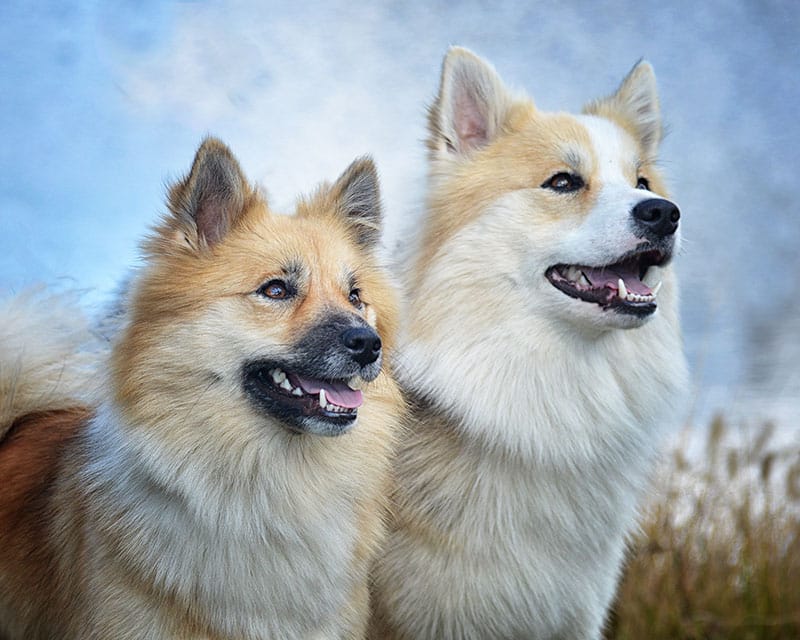
4. Review Autosomal-Recessive Results
If you receive a test that details your dog’s predisposition for genetic conditions, search for the autosomal-recessive results.
In this section, you will find three results: clear, carrier, or affected.
- Clear: Your dog does not have a copy of the abnormal gene you tested for. They are unlikely to develop this condition and will not pass on a genetic predisposition to puppies.
- Carrier: Your dog has one copy of the abnormal gene you tested for. They are unlikely to develop this condition but may pass on a genetic predisposition to puppies.
- Affected: Your dog has two copies of the abnormal gene you tested for. They will likely be affected by the condition and will pass on an abnormal gene to puppies.
5. Review Autosomal-Dominant Results
Autosomal-dominant results don’t look like the autosomal-recessive results.
Your dog’s results will be either clear, heterozygous affected, or homozygous affected.
- Clear: Your dog has no copies of the abnormal gene in question, and they will likely not develop the condition. They will not pass an abnormal gene to puppies.
- Heterozygous affected: Your dog has one normal gene and one abnormal gene for the condition you’re testing for. They will likely develop the condition and could pass it down to puppies.
- Homozygous affected: Your dog has both abnormal genes for the condition. They will likely develop the condition and will pass an abnormal gene to their puppies.


Final Thoughts
Dog DNA tests can look overwhelming at first glance… and maybe at a second and third glance, too. That’s why breaking the results down into manageable chunks can help you understand what the test discovered about your dog.
If you want more information on the practical impact of these results, the vet can talk to you about what the results suggest about your dog’s health and needs. Remember that just because your dog may be predisposed to a condition, it doesn’t mean they definitely will get the condition. Conversely, if all results for health predispositions are clear, it doesn’t mean that your dog definitely won’t get that condition. The information you get from a DNA test can help you be aware of issues that might arise so that you can catch them early.
Related Reads:
- Know Your Pet DNA by Ancestry Review
- How Can Dogs Be Tested to See If They Are “Purebred”? Vet-Reviewed Facts & FAQ
Featured Image Credit: Anna Hoychuk, Shutterstock







